Top 10 Best Museums In Africa to Visit 2025
By ICON TEAM | Published on May 31, 2025
List Of Top 10 Best Museums In Africa to Visit in 2025:
With a legacy spanning millennia, from ancient civilisations to contemporary struggles for freedom and identity, Africa is a continent of unmatched cultural and historical richness. By conserving artefacts, tales, and artefacts that shed light on the continent's past and present, its museums act as entry points to this colourful tapestry. Africa's museums still enthral tourists in 2025 with their top-notch holdings, creative architecture, and compelling stories. Here, we look at the top ten museums in Africa that every tourist, whether they are interested in art, history, or culture, should see this year. By showcasing Africa's creative and historical achievements, these institutions not only challenge global assumptions but also highlight the continent's unique legacy.
1. The Grand Egyptian Museum, Giza, Egypt:

The Grand Egyptian Museum (GEM), which is close to the famous Giza Pyramids, is a significant contribution to Africa's cultural heritage. It has more than 50,000 artefacts, including the whole Tutankhamun collection, many of which are on public exhibit for the first time. It was opened to the public in recent years. The museum provides a thorough examination of ancient Egyptian civilisation by transporting visitors to the time of the pharaohs with its interactive displays and modern design. Highlights include Tutankhamun's jewels, jewellery, and mummies, all housed in a vast complex that rivals international institutions. It is recommended that visitors spend at least a full day exploring its extensive galleries, which span the prehistoric to Roman eras. The GEM is a must-see in 2025 because of its cutting-edge facilities and emphasis to conserving Egypt's Pharaonic heritage.
2. Apartheid Museum, Johannesburg, South Africa:
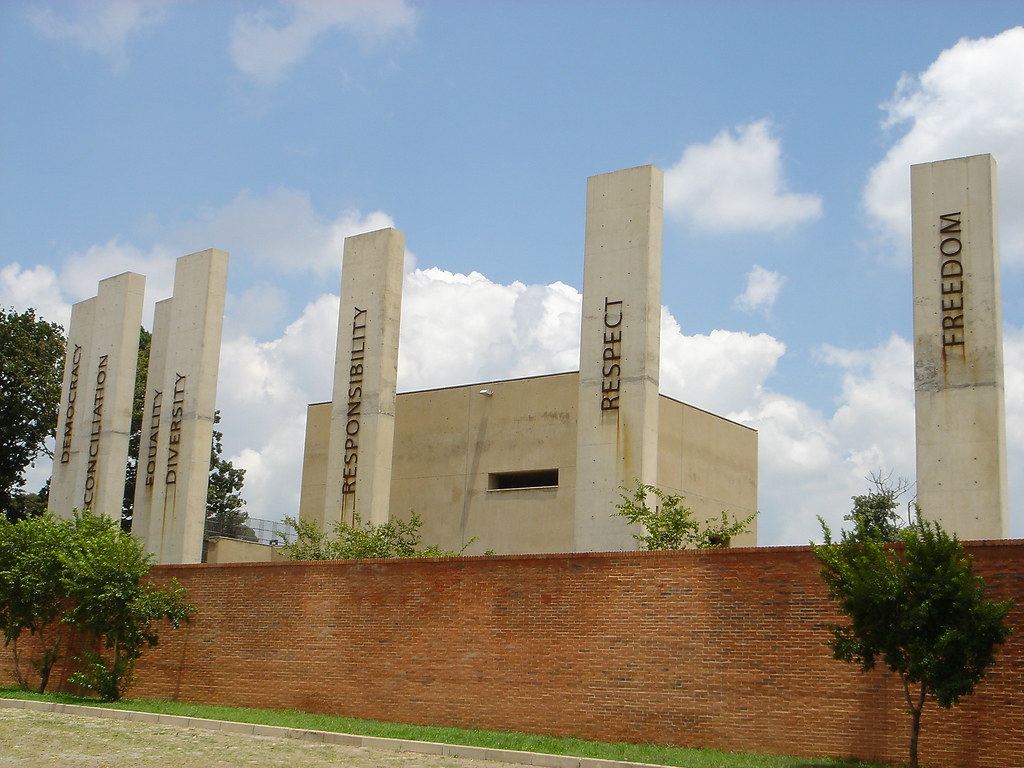
With its 2001 opening, the Apartheid Museum provides a moving look at South Africa's history of racial segregation from 1948 to 1994. The museum eloquently chronicles the horrors of apartheid and the tenacity of those who battled for freedom through 22 multimedia installations that feature images, video, and firsthand accounts. The Nelson Mandela exhibit, which examines his 27 years as a political prisoner and his ascent to the presidency, is a noteworthy highlight. A strong tone is established by the museum's immersive entrance, where guests are given "white" or "non-white" tickets to witness discrimination up close. It is crucial to comprehending South Africa's past and present because of its careful curation and emotional impact. To thoroughly learn its lessons, give yourself two to three hours.
3. Zeitz Museum of Contemporary Art Africa (MOCAA), Cape Town, South Africa:
The Zeitz MOCAA, the world's largest museum of modern African art, is housed in a converted grain silo. With 80 galleries exhibiting 21st-century African and diasporic art, it has emerged as a milestone for African creativity since its debut in 2017. As compelling as its contents are the museum's nine-story building, with its eye-catching architecture and glass-floored rooftop sculpture garden. Exhibitions showcase both recognised and up-and-coming artists in a variety of media, including digital media, painting, and sculpture. Because of its scope and aspirations, the museum, which bears the name of its patron, Jochen Zeitz, has been termed "Africa's Tate Modern." In 2025, it's a colourful showcase of African artistic talent.
4. House of Slaves and Door of No Return, Gorée Island, Senegal:
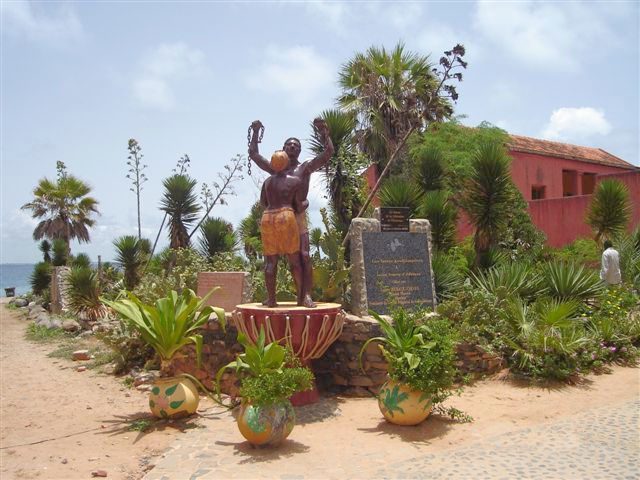
An eerie monument to the Atlantic slave trade is the House of Slaves on Gorée Island, which is recognised as a UNESCO World Heritage Site. With its notorious "Door of No Return," this structure from 1776 housed enslaved Africans prior to their forced migration to the Americas. The museum's colourful facade contrasts with its tragic past, while its dark rooms, iron shackles, and cells evoke the horrors of the time. The location, which has been curated by Boubacar Joseph Ndiaye for almost 40 years, has hosted world leaders like Barack Obama and Nelson Mandela. It is a significant pilgrimage place for visitors from the African diaspora, teaching them about resiliency and remembering.
5. National Museum of Ethiopia, Addis Ababa, Ethiopia:
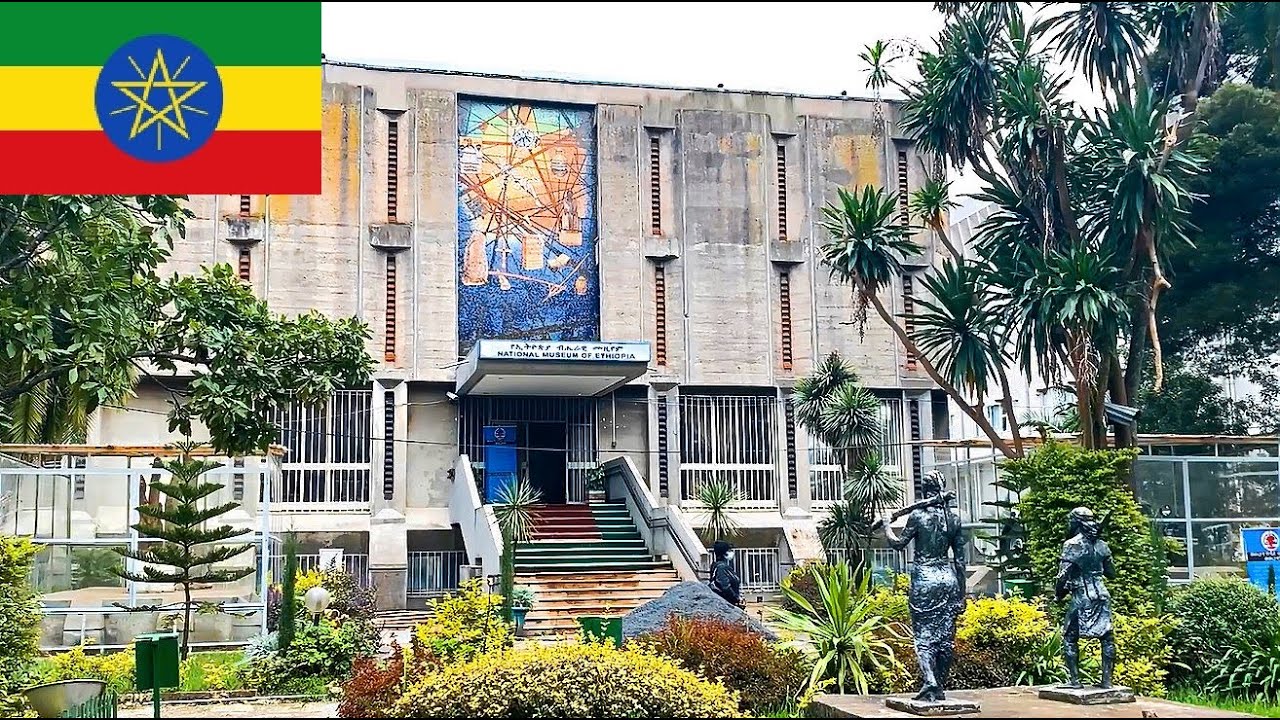
Despite its small size, the National Museum of Ethiopia is home to one of the most important artefacts in the world: the 3.2 million-year-old skeleton of "Lucy," a crucial finding in the development of humans. The museum, which is situated in Addis Ababa, also highlights Ethiopia's rich past with ethnographic displays of traditional jewellery, crafts, and musical instruments in addition to exhibits on the Aksumite and Solomonic kingdoms. The museum provides a comprehensive overview of Ethiopia's cultural and historical contributions through its four primary displays, which cover palaeontology, archaeology, and modern art. It is a fascinating destination for tourists in 2025 because of its emphasis on both ancient and contemporary heritage.
6. Museum of Black Civilisations, Dakar, Senegal:
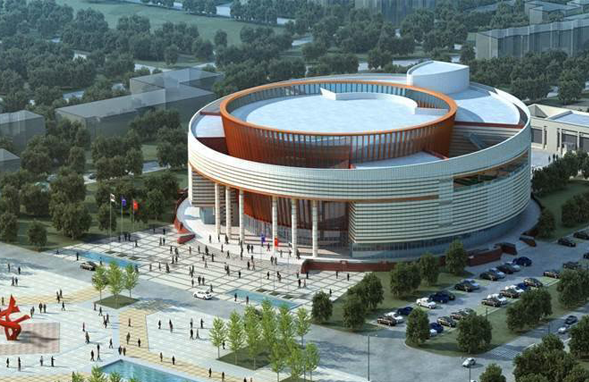
Léopold Sédar Senghor, the first president of Senegal, served as the inspiration for the innovative Museum of Black Civilisations in Dakar, which opened its doors in 2018. From pre-colonial masks and monuments to modern artwork, the displays honour the achievements of Black civilisations throughout Africa and the diaspora. The museum highlights African creativity in art, technology, and culture while addressing the effects of colonialism. It is a vibrant location for examining Africa's influence over the world because of its contemporary architecture and varied exhibits. In 2025, this museum is a must-see for anyone looking to learn more about Black ancestry.
7. Zinsou Foundation Museum, Ouidah, Benin:
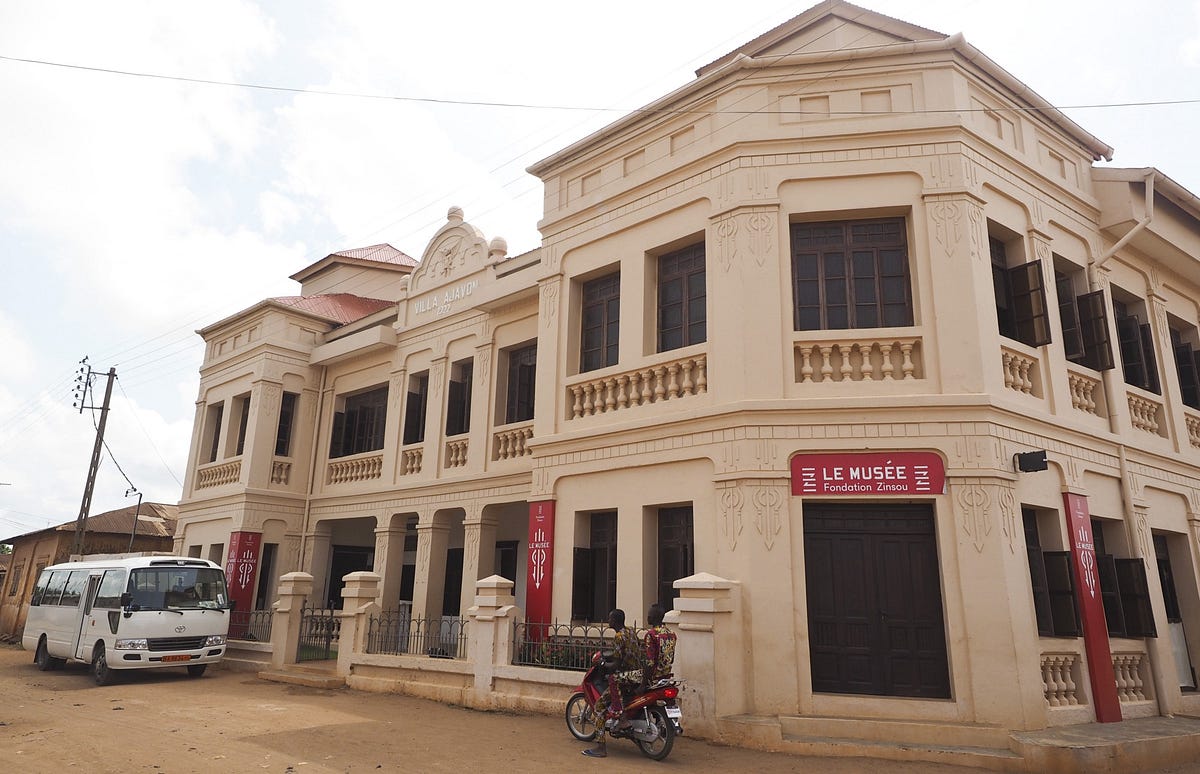
The Zinsou Foundation Museum in Ouidah, which opened its doors in 2013, is a shining example of modern African art. The Zinsou family and other donors have contributed paintings, sculptures, photographs, and installations to the museum, which is housed in a renovated mansion. The museum, which was established by Marie-Cécile Zinsou, features pieces by both professionally educated and self-taught artists with the goal of conserving and promoting Africa's cultural legacy. It stands out as a destination for art enthusiasts in 2025 because of its emphasis on a variety of media and its function in promoting cross-cultural communication. Ouidah's tranquil surroundings contribute to its allure.
8. Luxor Museum, Luxor, Egypt:
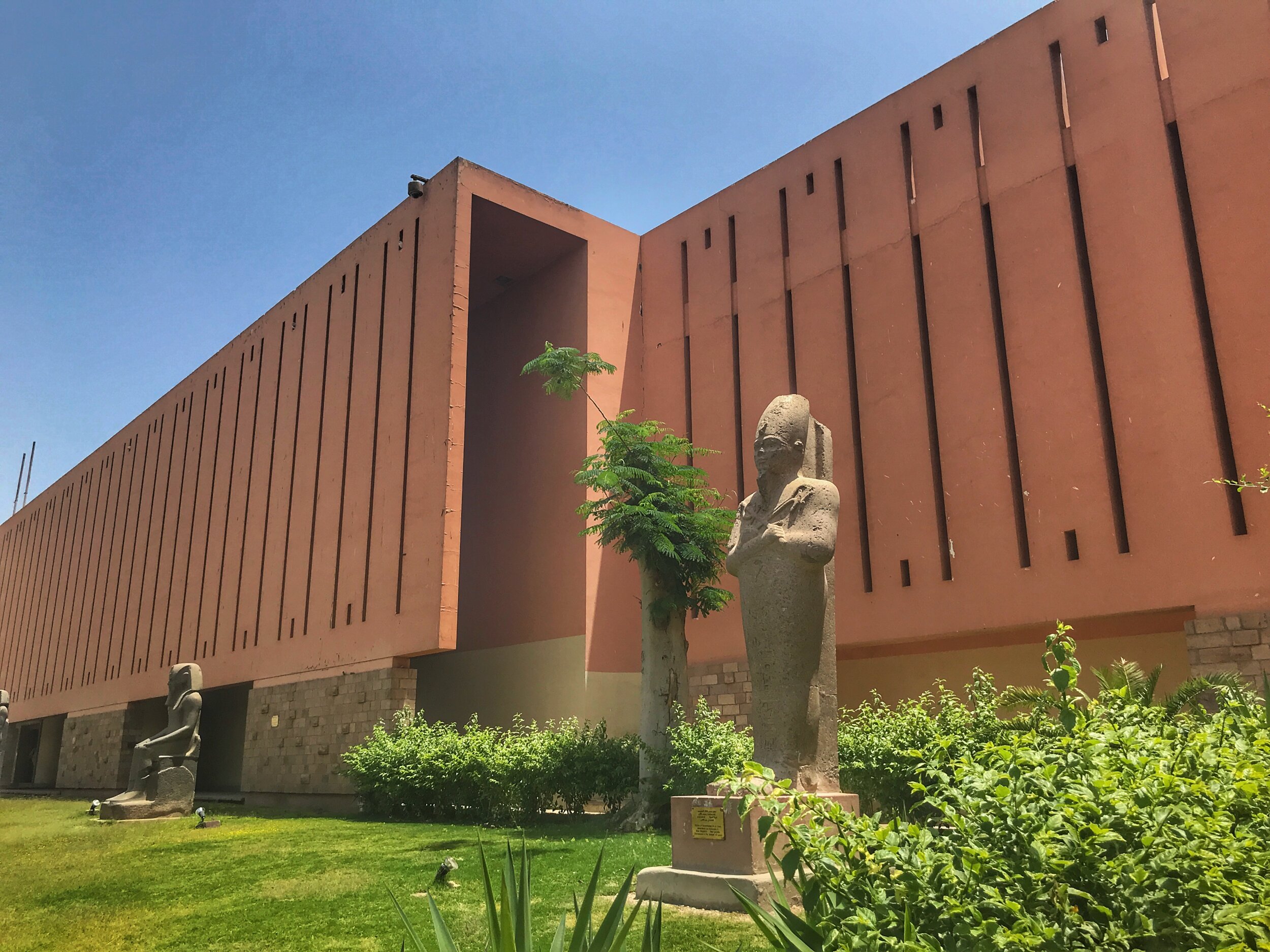
The Luxor Museum provides a carefully chosen and personal look at ancient Egyptian history, although being smaller than Cairo's Egyptian Museum. It is situated beside the Nile and has exquisitely preserved artefacts, such as jewellery, statues, and objects from Tutankhamun's tomb. With features like the mummified remains of pharaohs and artefacts from the Theban necropolis, the museum's intelligent design and contemporary layout make it simple to browse. It is a must-visit location for history enthusiasts travelling to Egypt in 2025 because of its emphasis on quality over quantity, which offers a welcome alternative to larger institutions.
9. Nairobi National Museum, Nairobi, Kenya:

A wealth of information on Kenya's natural, historical, and cultural legacy may be found at the Nairobi National Museum. Thousands of fossils, traditional artefacts, and contemporary artworks may be found in its four primary sections: culture, history, contemporary art, and nature. Exhibits showcasing Kenya's various ethnic groups, prehistoric fossils, and modern art installations are among the highlights. The museum's stunning building and verdant grounds add to the experience, and its dedication to chronicling Kenya's history and culture makes it a top choice for tourists in 2025 who want to learn about the richness of East Africa.
10. Kwame Nkrumah Memorial Park and Mausoleum, Accra, Ghana:
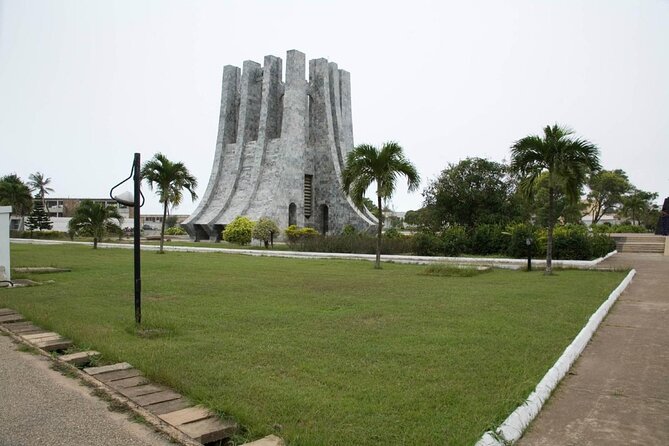
In Accra, the Kwame Nkrumah Memorial Park and Mausoleum honours the Pan-Africanist leader and serves as a museum dedicated to Ghana's first president. Artefacts from Nkrumah's life and presidency (1960–1966) are housed in the Italian marble tomb, which is designed like an upside-down sword and represents peace. A museum including images, records, and personal belongings documenting Ghana's path to independence is located in the nearby park, along with sculptures. It is a must-see for everyone interested in African political history in 2025 because of its strategic location and compelling story.
Comments 0